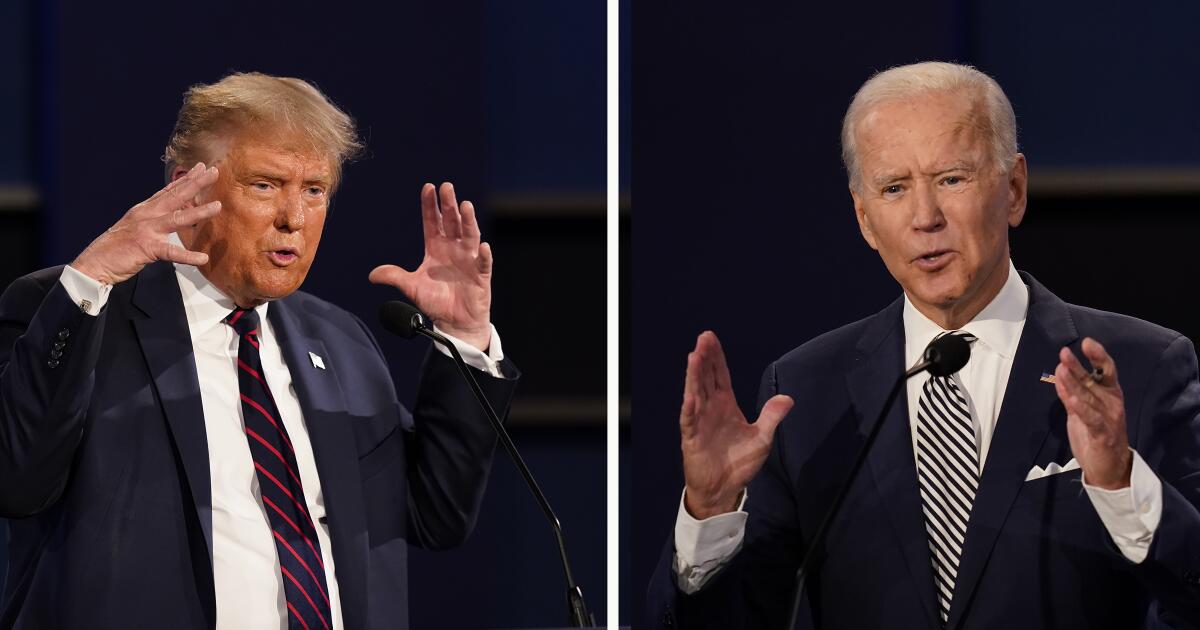Dollar strengthens on Fed's aggressive rhetoric
The US dollar strengthened last week, boosted by renewed hawkish expectations from the Federal Reserve. Fed officials have rejected interest rate cuts this year, citing signs of resilience in the US economy. This included a rise in the S&P Global preliminary US business activity index to a 26-month high and hawkish comments from Federal Reserve officials such as Michele Bowman and Lisa Cook.
The renewed hawkish stance boosted U.S. Treasury yields, drawing investors toward the dollar. The market remained divided on the timing of a potential Fed rate cut in September, with CME's FedWatch tool indicating a 57% chance of a 25 basis point reduction.
Yen weakness and end-of-semester flows support USD
The US dollar also benefited from the current weakness of the Japanese yen, which fell to a 38-year low against the dollar. Additionally, year-end portfolio adjustments likely caused some traders to favor the dollar in anticipation of the Fed's first rate cut this year.
UK data impact limited, GBP awaits election result
Sterling's recovery attempts were weak due to a lack of market-moving data from the UK. Despite an upward revision to the UK's first quarter GDP growth to 0.7%, the pound remained under pressure due to concerns surrounding the upcoming general election.
Focus shifts to upcoming events
This week, GBP/USD traders will closely monitor several high-impact events:
- French parliamentary elections and Chinese PMI: These events on Monday could influence risk sentiment and impact the pair.
- US ISM Manufacturing PMI and Job Openings: These indicators on Monday will offer insight into the health of the US economy.
- Speech by Federal Reserve Chairman Jerome Powell: Powell's comments at the ECB Forum on Tuesday could provide clues about the Fed's monetary policy stance.
- ADP Employment Change, ISM Services PMI and FOMC Minutes: Wednesday's data will shed light on US labor market conditions and the Fed's thinking.
- UK General Election: The outcome of Thursday's election will have a significant impact on the pound's medium-term prospects and potentially influence policy decisions at the Bank of England. (US markets are closed on Thursdays.)
- US Nonfarm Payrolls: This key data release on Friday, along with average hourly earnings and jobless claims, will be a major focus for markets.
GBP/USD Technical Outlook: Bearish bias with bullish potential
The GBP/USD pair remains under bearish pressure on the technical charts. A downside break of the ascending trend line support and a break of the key support at 1.2645 (confluence of 50-day and 100-day SMA) are bearish signals. However, a recent bullish crossover of the 50-day and 100-day SMAs suggests a potential for a rebound.
For the downtrend to resume, a decisive break below the May 15 low of 1.2584 is needed. The 200-day simple moving average (SMA) at 1.2564 and the May 9 low of 1.2446 are the next potential downside targets.
On the upside, a weekly close above 1.2645 would indicate a possible reversal. The initial bullish target would be the 21-day SMA at 1.2715, followed by 1.2800 and the March 8 high of 1.2894.
The direction of the GBP/USD pair will likely depend on the outcome of the UK elections and US employment data. A strong performance by the Labor Party in the election and positive US employment data could further weaken the pound. Conversely, a surprise Conservative victory or a weaker-than-expected US jobs report could trigger a rally in sterling.











